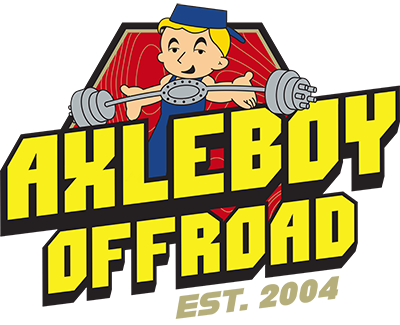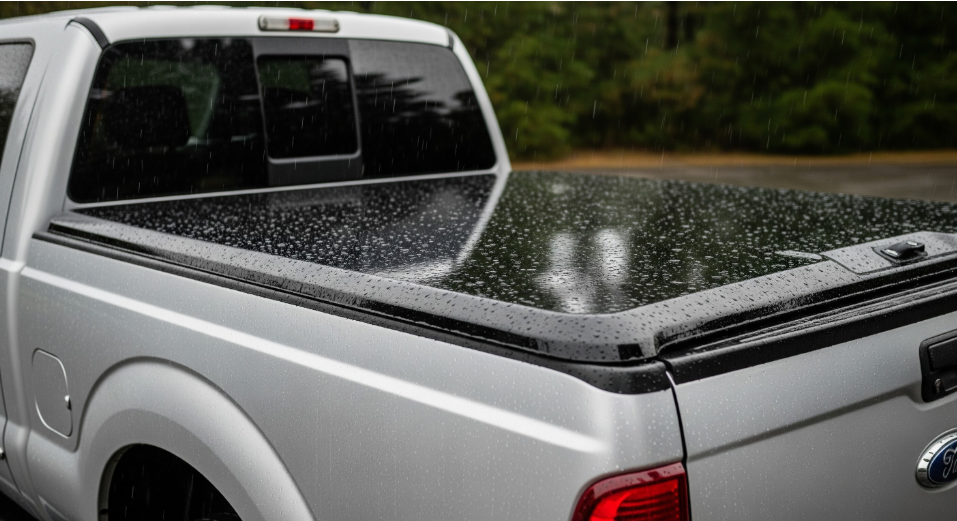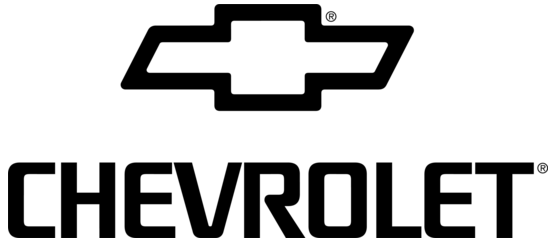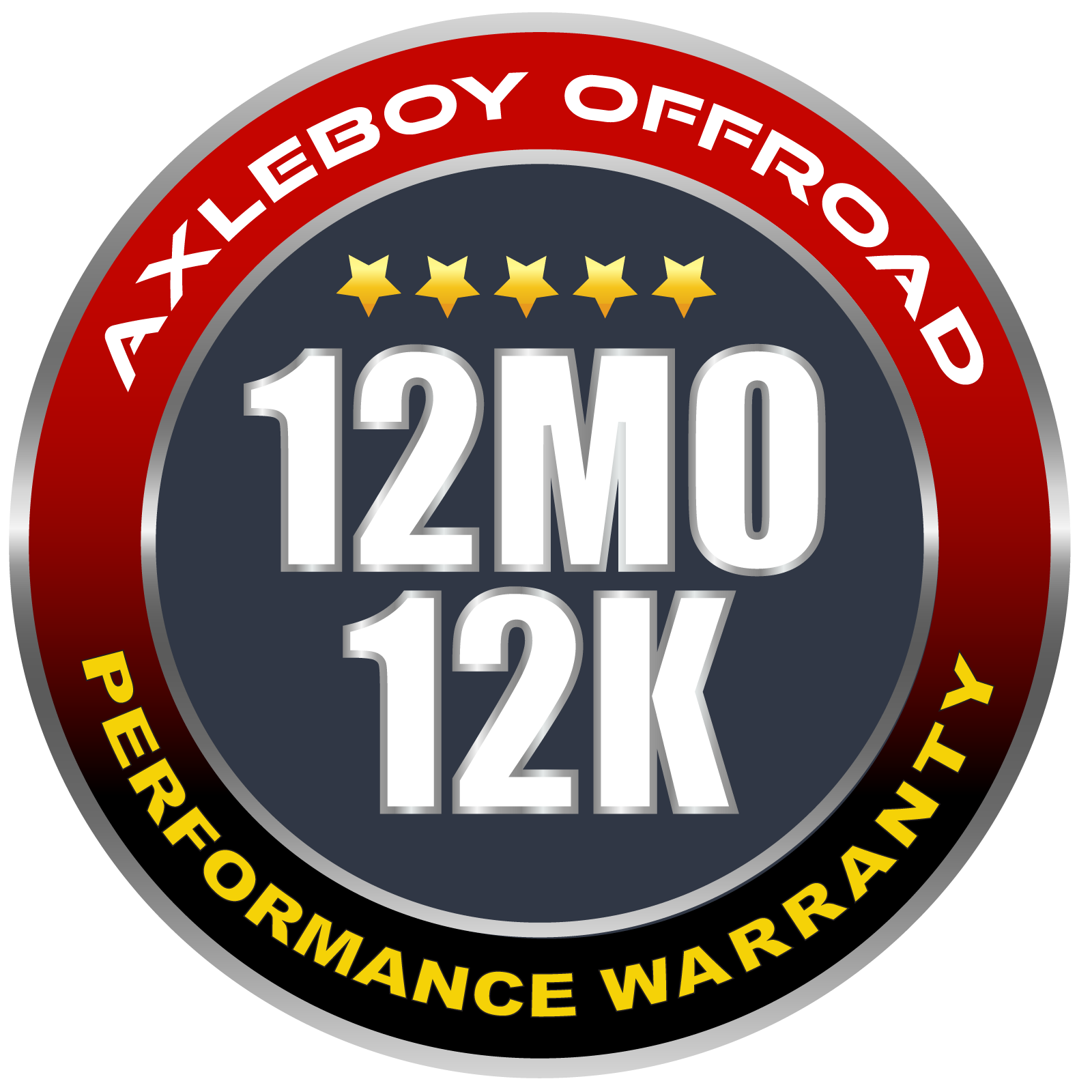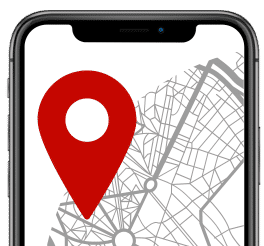How to Buy and Maintain a Used Jeep
One of the best ways to become a Jeep owner while on a budget is buying a used one. While it’s important to do your research before buying any pre-owned car, investing in a used Jeep will take a little more legwork — especially if it has been on off-road adventures with its previous owner.
Below are some great tips for buying and maintaining a pre-owned Jeep and getting the most out of your investment.
Buying a Used Jeep
Check these areas closely when looking to buy a used Jeep.
Undercarriage: The undercarriage and frame of a Jeep are the “bones” of the vehicle. Steer clear of rust or rot that could indicate bigger problems down the road. For off-roading Jeeps, check skid plates, which are installed to protect from hazards on the trail. Visible wear on skid plates means the vehicle was likely taken on lots of adventures and would indicate wear on the frame (and other parts) as well.
Tires: Jeep tires can be costly to replace, especially if they’re used for off-roading. Carefully check the tread and wear on the tires during an inspection: If the front tires are more worn than the back, they weren’t rotated properly or frequently enough. Uneven tread on all tires, either down the middle or on the edges, could be a sign of an alignment problem — which can’t be fixed by a simple rotation or tire replacement.
Rust: If you’re buying a Jeep from a local seller or dealer in the St. Louis area, expect to see a little rust from winter weather and salt treatments on the roads. However, off-roading vehicles that were exposed to the elements without being cared for properly will show large, extensive rust spots. If that rust spreads to the floorboards or door and window frames, you could have a bigger problem on your hands.
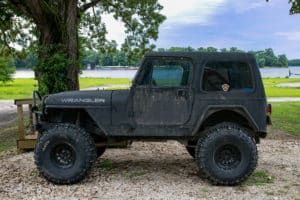
Leaks: In any car, leaks can indicate issues with the engine, transmission, or other major systems. Check for puddles of oil or coolant under the Jeep, inspect the hoses for cracks, and start up the car to look for leaks as it’s running. This is especially important for Jeeps; all it takes is a particularly rocky off-roading trip to cause damage that will lead to hose leaks or engine cracks.
Modifications: This is probably the most important area to look at when buying a pre-owned Jeep. Because mods aren’t installed by the factory, it’s crucial to check that they were installed correctly — and if you don’t know what correct installation looks like, you should be having a professional check them out before making a purchase. Some mods are cosmetic, but many (like the suspension) impact the overall performance of the vehicle. If you’re new to the world of modded Jeeps altogether, it may be a good idea to buy one without any add-ons and learn as you go by working with a team of pro installers.
Maintaining a Used Jeep
Any car needs proper and regular maintenance to keep it on the road longer and running the way it should, and that’s no different for Jeeps. At the top of your to-do list should be regular oil changes; this process should also include changing out of the old oil filters too. You can DIY this maintenance task to save a little cash, but just ensure that you’re not waiting too long in between changes.
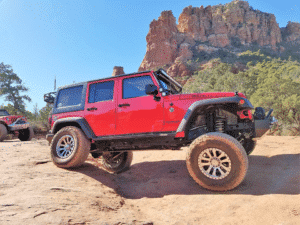
Other tasks that you can do yourself include changing out the wipers as they wear out, replace interior lights or upgrade to LED versions, clean and care for the interior and treat the leather to protect against fading or cracking, and keep the tires properly maintained.
Bigger jobs are best left to the professionals. Tire replacement and rotation require plenty of garage space and specialized tools that many owners don’t generally have on-hand. The same can be said for replacing brakes, belts, hoses, or other components of major systems. Modifications should definitely be installed by qualified and experienced professionals — getting this wrong could impact the value and performance of your Jeep.
There’s a reason Jeeps retain their value over the years, and the right research and maintenance can help you find and keep the right pre-owned vehicle. Get in touch with our Jeep experts during your search if you have questions, and don’t hesitate to bring your new-to-you Jeep to our shop when you’re ready to maintain or mod it out.
The post How to Buy and Maintain a Used Jeep appeared first on Axleboy Offroad - St Louis.
More Posts From Our Blog

